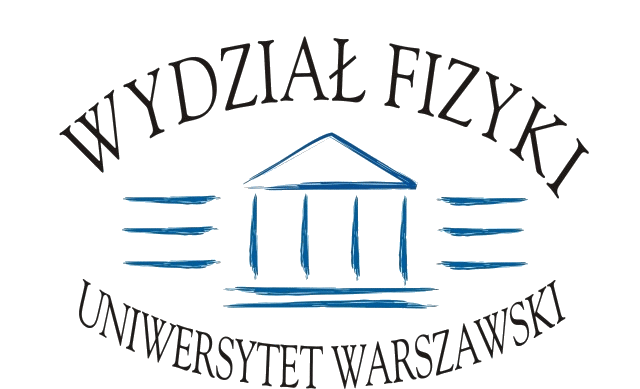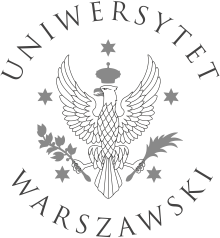Leopold Infeld Colloquium
2006/2007 | 2007/2008 | 2008/2009 | 2009/2010 | 2010/2011 | 2011/2012 | 2012/2013 | 2013/2014 | 2014/2015 | 2015/2016 | 2016/2017 | 2017/2018
The two-solar-mass pulsars and physics of dense matter
What is space? What is distance?
Topological crystalline insulators
Topological crystalline insulators (TCIs) constitute a new class of quantum topological materials with the Dirac-like metallic surface states that cross the bulk semiconductor band gap and are topologically protected by crystalline mirror plane symmetry. The TCIs offer new ways of controlling topological states by applying perturbations lowering crystalline symmetry. The TCI states have been experimentally observed in (Pb,Sn)Se, SnTe and (Pb,Sn)Te crystals for both (001) and (111) surfaces. These IV-VI semiconductors undergo (at a specific tin content, temperature, and pressure) a band structure inversion driven by strong relativistic effects. Using angle- and spin-resolved photoemission technique we experimentally observed a temperature-driven topological phase transition from a trivial insulator to a TCI state below the band inversion point as well as revealed a characteristic vortical electronic spin polarization texture at the Dirac points.
In the lecture, I will summarize the basic physical model of this class of materials, present the TCI crystals and the key experimental methods applied to study these new surface states (photoemission, scanning tunneling spectroscopy, magneto-transport) and discuss new topological device concepts.
T.H. Hsieh et al., Nat. Commun. 3, 982 (2012); P. Dziawa et al., Nat. Mat. 11, 1023 (2012).






